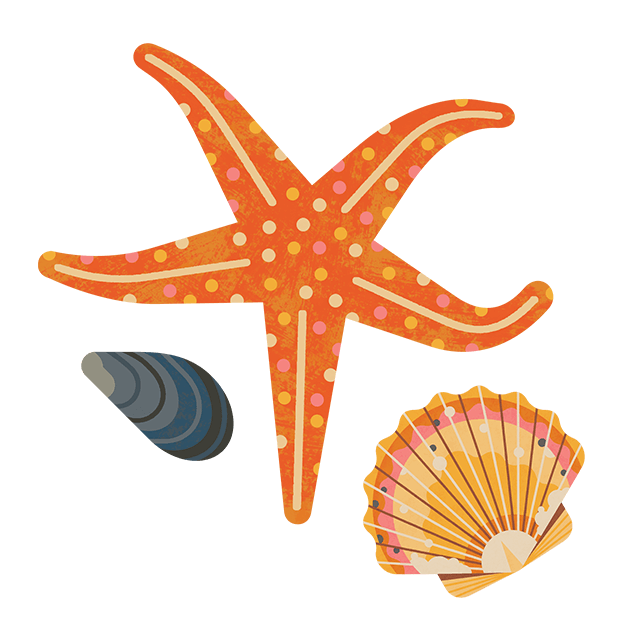
5 Species of Sea Slugs: A rainbow of life in our seas
From the deep sea to the open ocean, and kelp forests to coral reefs, sea slugs are found in waters all over the world – including our own. We look at five colourful (and cute) species living in our seas.
Scarlet lady

Credit: Paul Naylor
The scarlet lady, or ‘Fjordia browni’, is a species of nudibranch commonly found in UK and Irish waters, as well as the more northern seas of Norway and Iceland.
This colourful creature is typically 2-3cm long, but well-fed ones can be up to 8cm!
They feed on stinging hydroids but, rather than getting hurt, the scarlet lady ingests the stinging cells and incorporates them into its own body. By depositing them into its colourful tips, this sea slug can use these cells to defend against predators.
The scarlet lady can be found living in shallow or deeper waters, and is usually seen in Spring and early Summer – so keep an eye out over the coming months!
Violet sea slug

Credit: Paul Naylor
Commonly known as the violet sea slug, the 'Flabellina pedata’ is a species of nudibranch commonly found around the UK and Irish seas.
Despite its name, these sea slugs can vary in colour - from red and pink, to violet and orange. Although a distinctive colour, their small size (usually 2-3cm) can make this species hard to spot, but their winding white thread of eggs may give them away.
Violet sea slugs are normally found on their own or in pairs in rocky areas between April and October.
Yellow edged polycera

Credit: Matt Barnes
The yellow edged polycera gets its name from its appearance - a translucent body with yellow tips on its head, tail and gills. It grows up to 4.5cm long and can sometimes, but not always, have yellow spots on its body.
The ‘Polycera faeroensis’ can be found living in rocky bottoms and rockfaces, up to 35m deep.
This species is commonly found in the Southern and Western coasts of the UK, and has also been recorded in Sweden, Spain and Portugal.
White diaphorodoris

Credit: Libby Keatley
The ‘Diaphorodoris alba’, or white diaphorodoris as its commonly known, is a translucent white colour with a yellow band around its base and a long, tapered tail. It also has translucent cone-shaped ‘rhinophores’ – which are partly retractable.
For decades, there was much debate about this nudibranch, and whether it was a species in its own right, or a variation of another species, the ‘Diaphorodoris luteocincta’. In 2016, though, research confirmed that they are in fact separate species.
The white diaphorodoris can be found living on poorly lit rocky walls in the Atlantic. Although it’s considered to be a ‘southern’ species, the white diaphorodoris was recorded by one of our Seasearchers off the coast of Donegal last summer – well off its recorded range and the first time it’s been found in Ireland!
Dendronotus keatleyae

Credit: Libby Keatley
A species of ‘Dendronotus’, this rare sea slug was 1st spotted by one of our Seasearchers at Skerries in County Antrim, before being collected and DNA barcoded by the QUB Marine Laboratory.
This intriguing creature was named after the Seasearch diver and goes to show that our citizen scientists are still continuing to contribute to our understanding of local marine biodiversity and the wealth of species we have around our shore.
So, next time you're at the seaside, keep an eye out for anything out of the ordinary – you never know what fascinating or rare things you might find!



